No conversation about sustainability in construction is complete without taking a long, hard look at the destructive impact of the materials we make our buildings out of.
The construction industry is a major contributor to climate change, eating up about 36% of the world’s fossil fuels, while generating about 39% of total carbon dioxide emissions. A significant portion of this alarmingly high carbon output comes from the materials we use to build our homes and cities. The production of steel and concrete devours an enormous amount of energy and spews out billions of tons of planet warming gasses every year. Combined, these two materials alone are responsible for roughly 16% of humanity’s total CO2 emissions. That’s about six times the amount of carbon produced by the entire aviation industry.
Given the grim climatological realities we’re now facing, some might say that the best thing society can do is to stop building altogether, and adhere to the credo that the most sustainable buildings are the ones that already exist. This green renovation and adaptive reuse approach is essential, but realistically, not all structures can have a second life. New buildings are going to get built in the decades and centuries to come. For those of us concerned about sustainability on a rapidly changing planet–which, by now, ought to include everyone–the question then is simple: What are we going to build with?
Thankfully, as is the case with many of the problems associated with climate change, we actually already have some very good solutions. In this article, we will explore some of the exciting materials that we can use today to build a more sustainable tomorrow.
What Are 5 Sustainable Building Materials?
Here are 5 innovative sustainable building materials examples:
- Wood
- Cork
- Mushrooms
- Hemp
- Green Concrete
Wood
It might sound crazy, but one of our most futuristic sustainable building materials is actually quite old. Humans have been using wood to build with since before recorded history, though it fell out of fashion in the late 19th Century in the wake of the Great Chicago Fire.
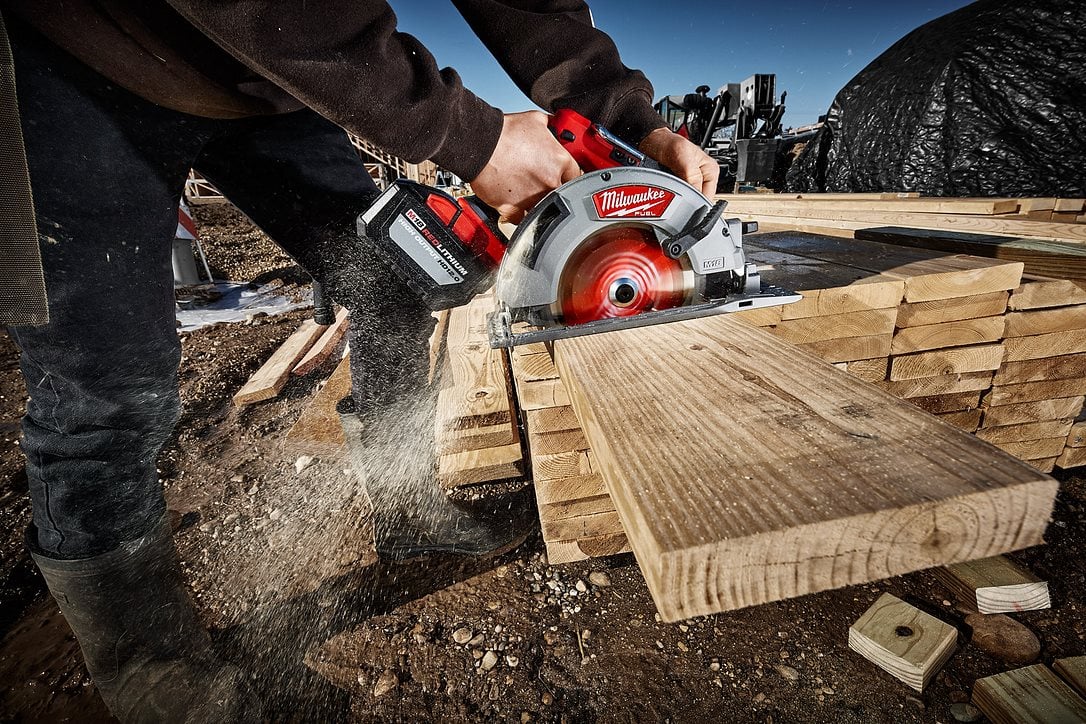
In recent years, however, wood has been making a major comeback, particularly in the form of Cross Laminated Timber (CLT), a sturdy yet lightweight construction grade material that rivals the strength of steel and concrete. CLT is made by gluing layers of wooden boards and panels together in a crosswise fashion so that the alternating grain patterns provide reinforcement to the finished unit.
Having piqued the imagination of architects, CLT has begun to appear in a variety of eco-friendly building projects all over the world, including a series of treehouses in the woodlands of Austria; Dalston Works in London, England; and the Timberlofts in our home city of Milwaukee. A Danish architecture firm has also unveiled plans to build a 328 foot tall residential tower out of CLT near Zurich, Switzerland. Dubbed Rocket&Tigerli, the project would unseat Mjøstårnet, a 280 foot tall mixed use building in Norway, as the tallest timber structure in the world.
Like all the materials on this list, CLT is not without its downsides. Critics point out that to make it, you need to cut down a lot of trees, contributing to the environmentally destructive practice of deforestation. That’s why, if it is to be produced ethically, CLT must be sourced from sustainably stewarded forests, where the needs of humans are renewably balanced against the needs of delicate natural ecosystems.
Cork
Humans have been using cork for thousands of years, though you’ve likely only come in contact with it when popping a bottle of wine, wielding a ping-pong paddle, pinning notes to a bulletin board, or casting a hook and bobber into the lake. The usefulness of cork, however, extends far beyond these commonplace examples, and has exciting implications for the world of construction.
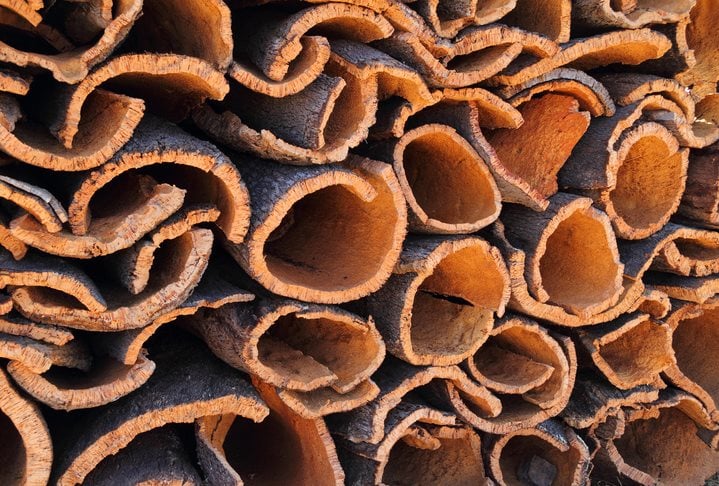
Cork comes from the cork oak (Quercus Suber), a tree that’s native to the Mediterranean regions of Africa and Europe. To survive the harsh conditions of these areas, the cork oak evolved a thick layer of bark that’s impermeable to nearly any threat imaginable, including fire, rot, and pests. This hearty layer–notable for its closed hexagonal cells fortified with suberin–is what we know as cork.
Once a cork tree has reached a maturity of at least 25 years, its bark can be harvested every eight to 14 years. This is what makes cork such a great renewable resource: Unlike wood, cork can be harvested again and again from the same tree, yielding a dozen crops or more over the course of the cork oak’s roughly 150 year lifespan.
Cork has many properties that make it an ideal building material. A terrific insulator, cork wall panels–apart from being a pleasure to look at–can help cut down energy bills. Lightweight and elastic, cork is highly malleable, providing a cushiony, noise absorbent, and scratch resistant surface when used as flooring. Naturally water resistant and fire retardant, cork is also hypoallergenic and antimicrobial, characteristics that have only become more desirable during the interminable COVID-19 pandemic.
There are a variety of companies and organizations that sell cork as a building material.
CorkBrick, for example, is a Portugal based company that has developed a line of construction grade cork bricks that can be easily fitted together like Lego blocks, allowing for many different custom modular formations and designs.
Mushrooms
Imagine structures that are grown instead of built, whose frames are composed of a strange living matter found for a fleeting few days–if you know where to look for it–sprouting in the forest after the rain.
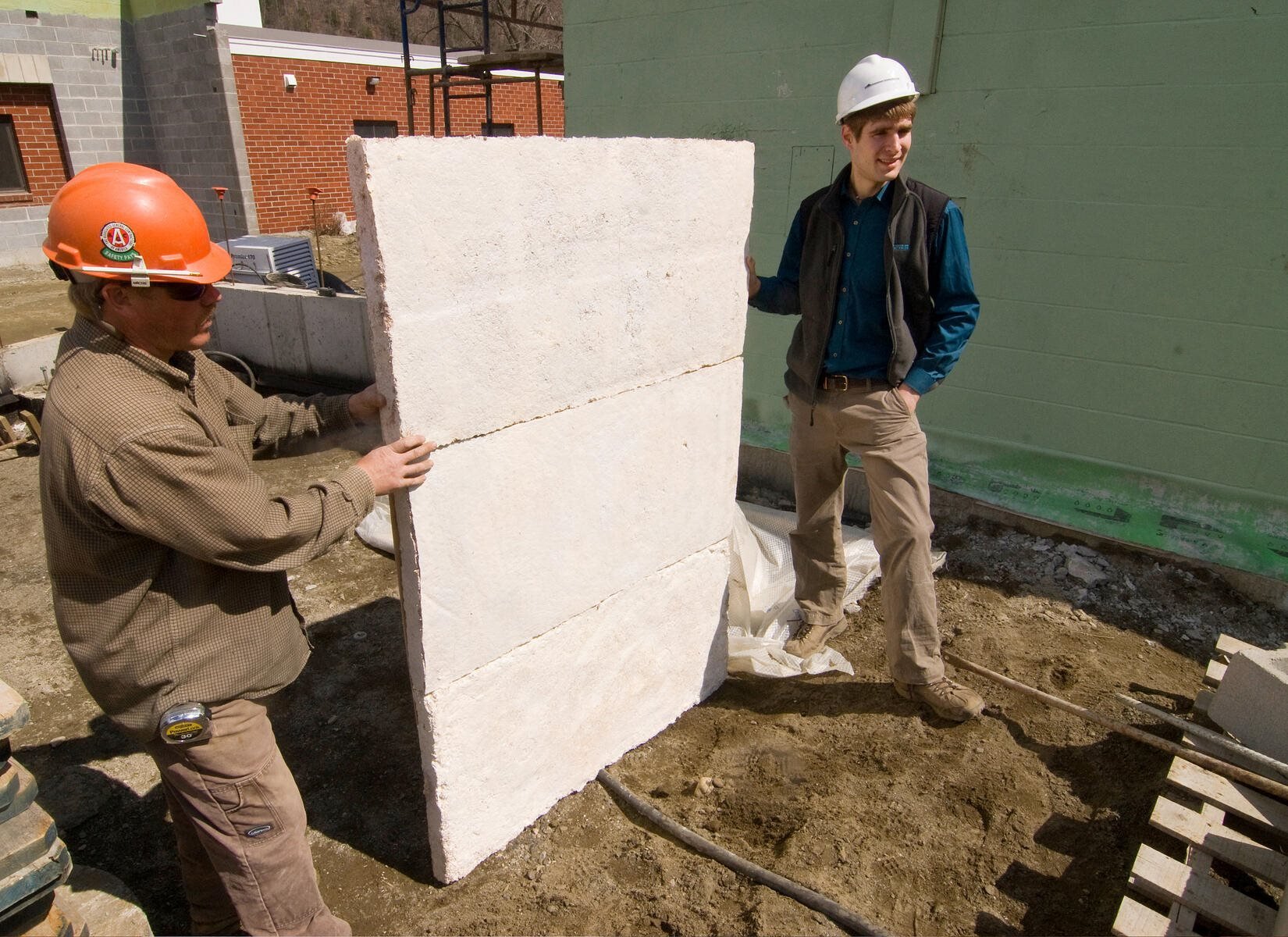
Pictured above: Mushroom insulation installation. Image Source: Wiki Commons
In the fascinating world of fungi, this and much more is possible. Neither animal nor vegetable, mushrooms occupy a curious, almost mythical niche within the Earth’s biosphere, straddling the line between death and rebirth, renewal and decay. Mycologists like Paul Stamets have long posited that mycelium–fibrous fungal networks enmeshed within the soil of which mushrooms are the fruiting bodies–is “nature’s internet”, rapidly transferring information and nutrients across the living landscape. The more we learn about fungi, the more eerily sentient and purposeful they seem, with recent research revealing that mushrooms may even be able to communicate with one another using a language of up to 50 “words”.
All that aside, mushrooms are also wildly useful. Morels in the springtime are a delicacy, as are many other species around the world (though keep an eye out for poisonous look-alikes). Mushrooms purify polluted water and cleanse the environment of toxic chemicals. Lifesaving antibiotics and potent medicinal extracts have been isolated from their cells, and an ongoing renaissance of mycological research has shown in recent years that psychoactive mushrooms are incredibly effective at treating a wide array of mental illnesses.
And have we mentioned that mushrooms also make an excellent building material? Remember mycelium? That dense, mushroomy membrane of filaments that forms a fungal network underfoot? Well, it turns out it can be used to create everything from bricks to insulation. Mushrooms are a magnificent alternative to traditional building materials from a sustainability perspective, as they’re biodegradable and don’t require the burning of fossil fuels to produce.
Companies like Mogu have used mycelium to grow aesthetically pleasing acoustic wall panels and floor tiles, while others have developed mushroom alternatives to single-use plastics. The potential for construction grade mycelia was put on full display in 2014, when architect David Benjamin of The Living erected a cluster of 42-foot-tall towers made out of mushroom bricks in Queens, New York. Dubbed Hy-Fi, the otherworldly organic structures heralded a possible future where our buildings are just as alive and aware as the people who live, work, and play within them.
Hemp
Another sustainable material making waves in the world of construction is hemp.
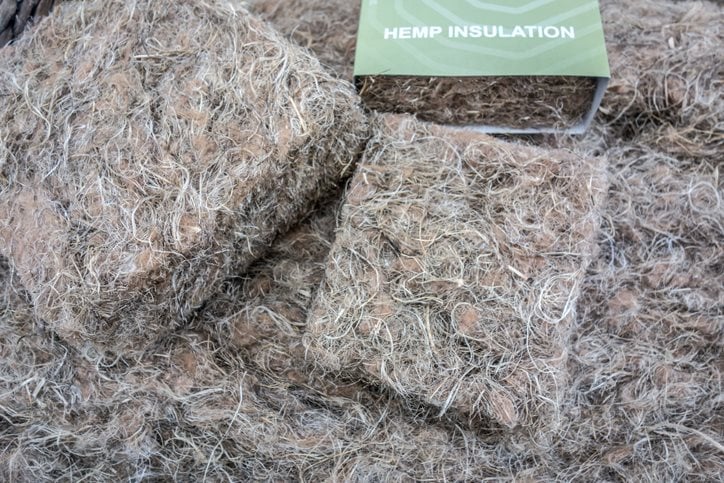
That’s right. Hemp. You’re likely familiar with it as the black sheep of the marijuana family, or perhaps have seen its scratchy, khaki colored fibers twisted into ropes or bead bestrewn bracelets peddled on city streets. Like everything on this list, however, hemp has a variety of other surprising applications, including as paper, batteries, and–you guessed it–construction grade building material.
Hempcrete is a biocomposite material, made from a blend of hemp fibers, lime, water, and sometimes other substances like sand and pozzolans. Hempcrete has a number of advantages: It’s incredibly lightweight, a great insulator, and is reportedly more resistant to fire than any other material on the market. Most importantly, it’s a renewable and biodegradable resource that doesn’t require the ravaging of entire natural environments to produce.
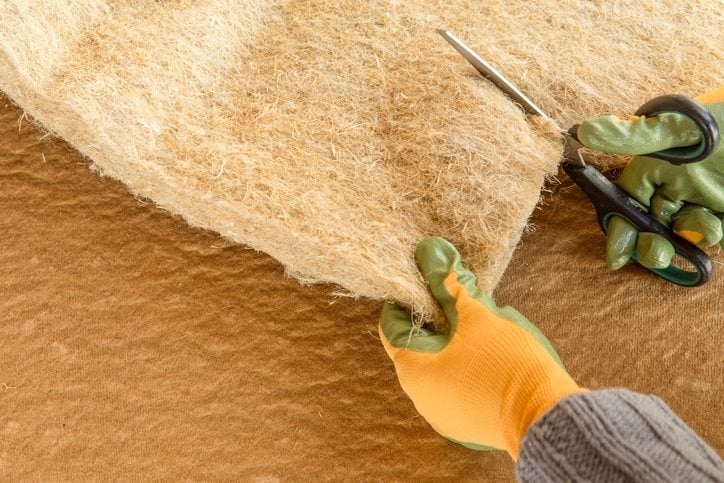
It bears repeating that traditional concrete production is a massively carbon intensive process at every stage of its manufacture, whether during the destructive mining of increasingly rare sand and aggregate, or the superheated crushing of cementitious clinker. Hemp, on the other hand, is renewably grown under the sun, with full crops usually ready for harvest after a mere six months.
Hempcrete is a booming business and has been successfully used in a number of eye-opening building projects, including the Flat House in Cambridgeshire, England; the
380 square meter Pierre Chevet sports center near Paris, France; and dozens of hemp houses in Australia.
Green Concrete
We’ve already written an entire article on green concrete, so we’ll keep this section short. Suffice to say that the term “green concrete” is a catch-all that includes any type of concrete made out of recycled waste or more environmentally friendly materials. Hempcrete is one example, and there are many others, including papercrete and a variety of hybrids that blend traditional concrete with recycled plastics.
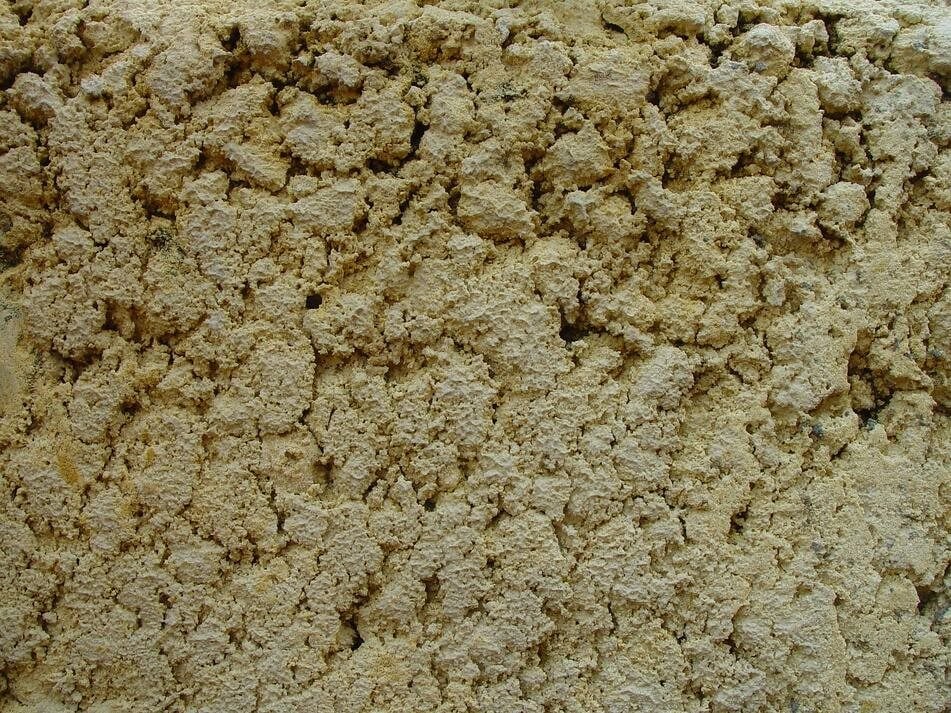
Pictured above: Limestone concrete. Source: Wiki Commons.
One of the most promising alternatives comes via North Carolina based company BioMason, which has developed a zero-carbon method of growing concrete like corral grows on the seafloor. To pull off this miraculous sounding feat, BioMason’s scientists inject recycled concrete material with living bacillus microbes, triggering a chemical reaction that combines carbon with calcium to create limestone crystals. All of this can be done within 24-hour cycles, and all without any heat or burning of fossil fuels.
Do you have a project coming up that requires concrete? If so, consider opting for a more eco-friendly alternative like Holcim’s ECOPact, or BioMason’s Biolith.
Challenges to Sustainable Building Materials
As exciting as these more renewable materials are, they are not without their drawbacks. With the exception of green concrete and CLT, we have yet to create a sustainable material that can comes anywhere close to matching the compression strength of concrete and steel. Mushrooms, hempcrete, cork; all are great for interior elements, but none can (yet) be used to build a load bearing structure.
Strength isn’t the only hurdle. Steel and concrete plants have been around for generations. Sustainable building materials, on the other hand, are still quite young and don’t benefit from the scale of manufacturing infrastructure that traditional materials have at their disposal.
Perhaps the largest obstacle that sustainable building materials face: public perception. Associated with drugs and the counterculture, hemp and certain species of mushrooms are still often viewed with suspicion in the collective imagination, posing a barrier to their widespread adoption for construction purposes. Besides deeply ingrained cultural stigmas, there may also be a reluctance to believe that renewable alternatives can be viably implemented in the shadow of the tremendous market forces aligned against them.
Bottom line
Sustainable building materials still have an uphill fight ahead of them, but there’s no question that they are a critical piece of any conversation about how to make the human-made world a more environmentally friendly place.
The growing threat of climate change demands that world governments and heavy industry take swift and meaningful action to prevent the worst case scenarios while adapting to the effects of global warming that are no longer avoidable. Construction in particular has an important role to play in achieving this imperative. Thankfully, we already have a wealth of relevant knowledge and technology to draw upon, and there is no shortage of angles from which the challenges of climate change can be tackled within the world of construction. We have powerful virtual tools to design cities and buildings that are more sustainable, and are increasingly conscientious of how to avoid the pitfalls that these new approaches to urbanization bring. When possible, existing buildings can be reused and made more energy efficient with the introduction of green plumbing and HVAC systems. And we have begun to relearn, slowly by surely, the wisdom that when it’s cared for well, nature itself is our greatest teacher and most abundant resource.